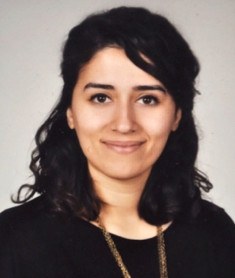Serap Guinot
|
|
Stoichiometry of heteromeric assemblies across TRP channel familiesPrincipal investigator: PD Dr. Maximilian Ulbrich Centre for Biological Signalling Studies (BIOSS)
Phone: +49 (0)761 203-97233 |
Abstract
Transient Receptor Potential (TRP) superfamily cation channels are cellular sensors for a wide range of external stimuli, including light, sound, touch, and temperature. Furthermore, a single TRP channel can be activated through multiple stimuli. TRP channels can assemble as homotetramers, but also as heterotetramers with a subunit combination from different TRP family members to create new channel complexes with novel properties.
Autosomal Dominant Polycystic Kidney Disease (ADPKD) is the most common inherited kidney disorder with an incidence of 1:1000, associated with mutations in two genes, Pkd1 and Pkd2, which are encoding polycystin-1 (PKD1) and -2 (PKD2, also called TRPP2) respectively. Mutations in these genes are resulting in cyst formation in the kidney. TRPP2, a member of the TRP superfamily assembles with polycystin-1, a large integral membrane protein with a distant homology to TRP channels to create an ion channel complex in the primary cilium of the renal epithelial cells. The PKD1/TRPP2 channel complex is required for the cilia-mediated Ca2+ transients. Recently, the stoichiometry of this ion channel complex has been solved to be a 1:3 heterotetramer of PKD1 and TRPP2.
Heteromeric channels of TRPP2 with TRPV4 and TRPP2 with TRPC1 or tri-heteromeric channels of TRPP2, TRPV4 and TRPC1 have also been suggested to play a role in the kidney. However, the stoichiometry of the assembly remains unknown. In this project, we want to determine the assembly rules of TRPP subunits with other TRP family subunits, especially TRPP2 with TRPV4 and TRPC1. For that purpose, we are going to use a live cell single molecule imaging method which is suitable to investigate the stoichiomentry of membrane protein complexes. We are going to genetically fuse flourescent proteins (FPs) to our protein of interest and express them in oocytes from Xenopus leavis. Identification of the photobleaching steps from the FPs with give us the information of subunit combinations.
Methods
Molecular biology, single subunit counting of membrane bound proteins technique in Xenopus oocytes, TIRF microscopy




